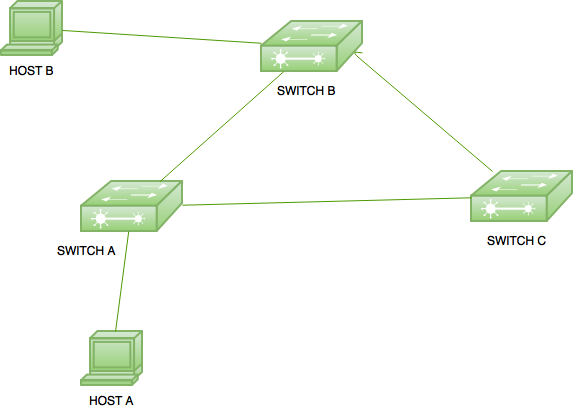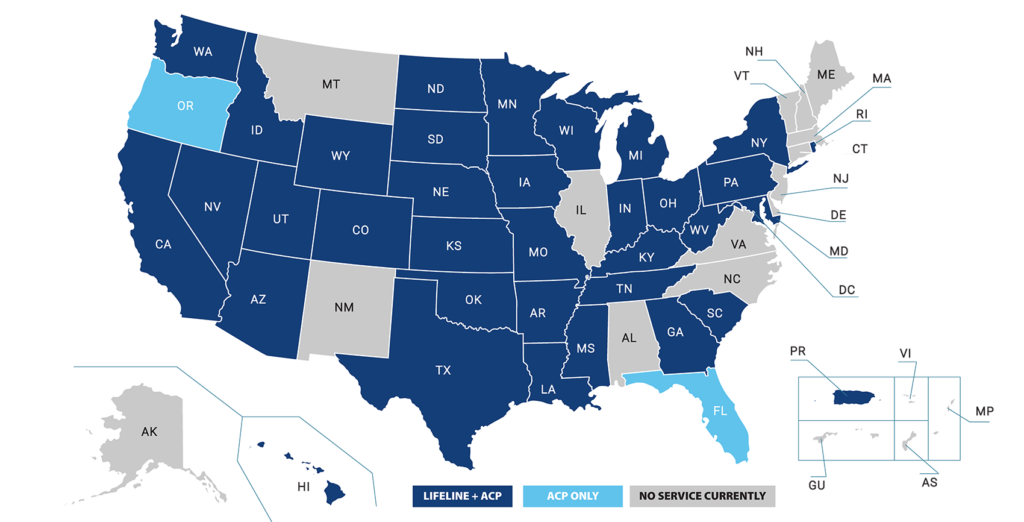As technology evolves and businesses become more reliant on their networks for day-to-day operations, the concept of redundancy has become increasingly important. A redundancy network is a type of network setup that ensures continuity in connectivity and service in the event of a failure or outage in one or more components of the network. This type of network is designed to have backup systems in place that are capable of taking over seamlessly, allowing for uninterrupted service and minimal downtime.
Redundancy networks are typically used in mission-critical environments such as data centers, hospitals, and financial institutions. In these settings, even a few minutes of downtime can result in significant financial losses or even pose a threat to human life. A redundancy network is designed to mitigate these risks by ensuring that critical services remain available even in the event of hardware failures, natural disasters, or other unforeseen events. In the following paragraphs, we will explore the different types of redundancy networks and how they work.

What is Redundancy Network?
Redundancy Network is a type of IT architecture which provides a system of redundant components, or nodes, that can be used to ensure the continuity of operations in case of a system failure. This redundancy is achieved by having multiple copies of data and applications that can be used in the event of an emergency. Redundancy networks are designed to provide a high degree of reliability and redundancy, ensuring that the system is always available and accessible.
Benefits of Redundancy Networks
Redundancy networks provide numerous benefits that can help organizations maintain their operations during a disruption. Redundancy networks can help organizations maintain high levels of availability and reliability, as well as reduce the risk of data loss due to system failure. Redundancy networks can also help organizations save money by reducing the need for costly backup and recovery solutions. Additionally, redundancy networks can help organizations increase their productivity by providing greater flexibility and scalability.
Redundancy networks can also provide organizations with better control over their operations. By having multiple copies of data and applications, organizations can have better control over their data and applications. This can help organizations ensure that their data is secure and protected from malicious activity. Additionally, redundancy networks can provide organizations with better performance, as they are designed to be highly reliable and resilient. This can help organizations ensure that their systems remain available and accessible even during a disruption.
Frequently Asked Questions
Redundancy network is a network architecture designed to increase reliability and availability by providing alternative paths for data to travel in the event of a primary network path failure.
What is a Redundancy Network?
A redundancy network is a system of interconnected networks used to provide an alternative path for data if the primary network path fails. It allows for the transmission of data even in the event of a failure in the primary route, increasing reliability and availability of the network.
The redundancy network works by having multiple paths that data can take if the primary route fails. If one of the paths experiences a failure, the data can be routed through an alternative path, ensuring that the data can still be transmitted. This ensures that data is not lost and availability is maintained.
What are the benefits of a Redundancy Network?
A redundancy network provides increased reliability and availability for a network. By providing alternative paths for data to travel, it ensures that data can still be transmitted even if the primary route fails. This prevents data loss, and ensures that the network remains available for use.
Another benefit of a redundancy network is that it allows for increased scalability of the network. By having multiple paths for data to travel, the network can handle more traffic than a single path would be able to. This makes it easier to scale the network as traffic increases, ensuring it is able to cope with demand.
What are the components of a Redundancy Network?
A redundancy network consists of several components, including routers, switches, and other network devices. The routers are used to route data along the various paths, while the switches are used to connect the various devices. Other components such as firewalls and VPNs can also be included in a redundancy network to provide additional security.
The routers and switches are configured to allow for multiple paths for data to travel. This allows for increased reliability and availability, as data can be routed through an alternative path if the primary route fails.
How does a Redundancy Network work?
A redundancy network works by having multiple paths that data can take if the primary route fails. If one of the paths experiences a failure, the data can be routed through an alternative path, ensuring that the data can still be transmitted. This ensures that data is not lost and availability is maintained.
The routers and switches in the redundancy network are configured to allow for multiple paths for data to travel. This ensures that data can be routed along different paths and that availability is maintained even if the primary route fails. The redundancy network also allows for increased scalability, as it can handle more traffic than a single path would be able to.
What are the limitations of a Redundancy Network?
A redundancy network can provide increased reliability and availability for a network, but it does have some limitations. The cost of setting up a redundancy network can be high, as it requires additional hardware and software to be purchased and configured. It also requires additional resources to maintain and manage the network, as there are multiple paths that need to be monitored.
Another limitation of a redundancy network is that it is not always able to provide 100% availability. In some cases, the redundancy network will not be able to provide an alternative path if the primary route fails. This means that data can still be lost in the event of a failure.
Network Redundancy – SY0-601 CompTIA Security+ : 2.5
In conclusion, redundancy network is a crucial aspect of modern-day networking that ensures seamless and uninterrupted network communication, even in the face of unexpected network failures or outages. By utilizing multiple paths and backup links, redundancy network can significantly improve network reliability and uptime, and reduce the potential risk of data loss and system downtime. With the ever-increasing demand for fast, reliable, and secure networks, redundancy network is a must-have for any organization that relies heavily on network connectivity to carry out its daily operations.
Overall, redundancy network is a testament to the incredible advancements in modern networking technology, and its importance cannot be overstated. As businesses continue to expand and rely more on network connectivity, redundancy network will become an increasingly important aspect of network architecture, ensuring that systems remain operational and data remains secure at all times. In short, redundancy network is a critical component of any modern network infrastructure, and its implementation should be considered a top priority for organizations looking to stay ahead of the curve in today’s fast-paced digital world.




